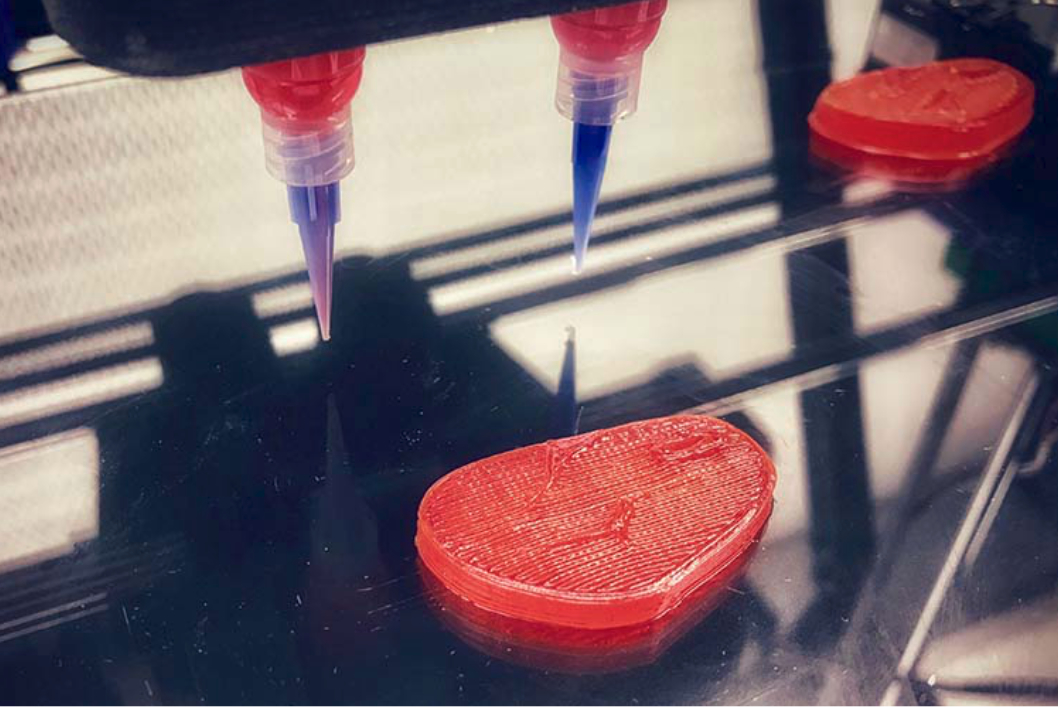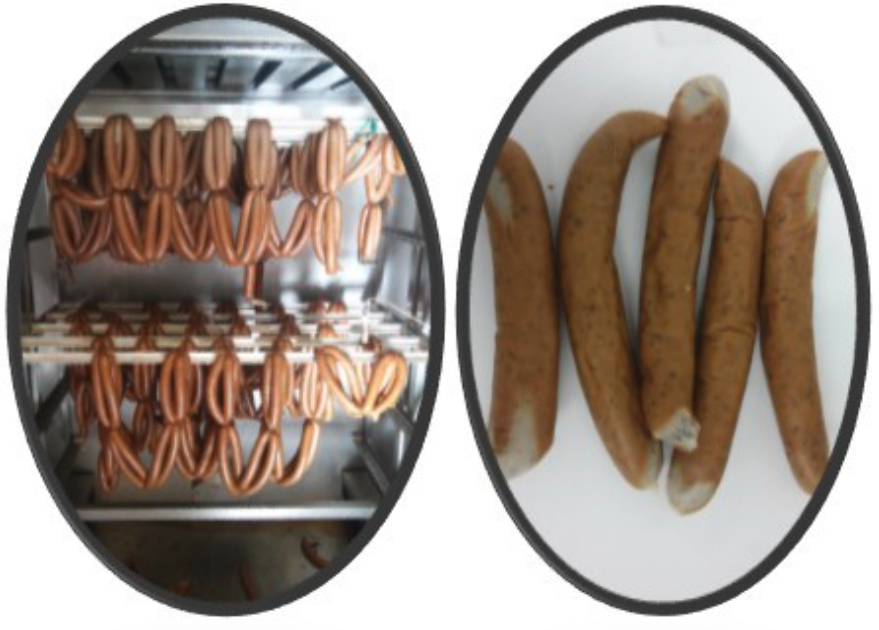CHICAGO — More than one protein source may be needed for a successful meat alternative product, and more than one technology may influence the category’s future, according a report released in October by Chicago-based PreScouter, Inc. More on the report may be found here.
To show the promise of meat alternatives, PreScouter turned to data from Barclays forecasting the global market for the category climbing to $140 billion in 2029 from $14 billion in 2019.
None of the meat alternative companies reviewed in the report use a single-source plant protein although pea protein was present in every ingredient list except for products from Impossible Foods, Redwood City, Calif. University researchers are investigating ways that insects, maggots and locusts could be used as protein in meat alternative products.
The goal of 3D printers being able to mimic the muscle fibers found in traditional meat, as well as the way that fat and water is trapped in the meat matrix, has yet to be realized, according to the report. Cellular agriculture uses a combination of biotechnology, tissue engineering, molecular biology and synthetic biology to create and design new methods of producing proteins, fats and tissues that otherwise would come from traditional agriculture.
 Plant protein sources and other ingredients are used differently in different products from Field Roast Grain Meat Co., based in Seattle and a subsidiary of Maple Leaf Foods, Inc. Vital wheat gluten is the primary protein source in the company’s sausages. The Field Burger is made from barley, celery and carrots, and the Celebration Roast is made with butternut squash, mushrooms, apples, wheat flour, barley malt, yeast extract, tomato paste and various spices.
Plant protein sources and other ingredients are used differently in different products from Field Roast Grain Meat Co., based in Seattle and a subsidiary of Maple Leaf Foods, Inc. Vital wheat gluten is the primary protein source in the company’s sausages. The Field Burger is made from barley, celery and carrots, and the Celebration Roast is made with butternut squash, mushrooms, apples, wheat flour, barley malt, yeast extract, tomato paste and various spices.
Impossible Foods uses protein sourced from soybeans and potatoes. The company creates plant-based heme by fermenting genetically modified yeast. The heme gives the meat alternatives a sensory appeal that compares to meat.
Beyond Meat, El Segundo, Calif., uses pea proteins, rice proteins and mung bean proteins. Beet juice adds color.
Companies involved in 3D printing include Redefine Meat in Tel Aviv, Israel, and Novameat in Barcelona, Spain.
Companies involved in cellular agriculture work with cells from different animals. Mosa Meat, Maastricht, The Netherlands, uses cow muscle cells as a protein source. Finless Foods, San Francisco, creates lab-grown fish by using blue fin tuna fish cells. Just Inc., San Francisco, works with rural farmers to produce cultured beef and eggs. The protein source is cells isolated from chicken feathers.
 University researchers are focusing on the prospects of other protein sources. A program at Tufts University in Medford, Mass., seeks to develop a system that facilitates the lab-culturing of insect tissue that may be used as meat in food production.
University researchers are focusing on the prospects of other protein sources. A program at Tufts University in Medford, Mass., seeks to develop a system that facilitates the lab-culturing of insect tissue that may be used as meat in food production.
Researchers at the University of Queensland in Brisbane, Australia, are making sausages using maggots and whole locusts as meat alternatives. They have found broiler chicken containing about 15% maggot meal does not reduce chicken production performance, nutrient-use efficiency, breast meat aroma, flavor, juiciness and tenderness, or long-chain fatty acid composition.
The PreScouter report lists environmental issues and health concerns as reasons why people are turning to meat alternatives. Animal agriculture is responsible for about 18% of human-caused greenhouse gas emissions globally, according to the report, while consumers are analyzing their meat consumption because of the risks of high cholesterol and heart disease.
PreScouter, which was founded in 2010, has brought together a global network of scientists, engineers, economists, analysts and developers seeking to solve problems in industries, including the food and beverage industry.




